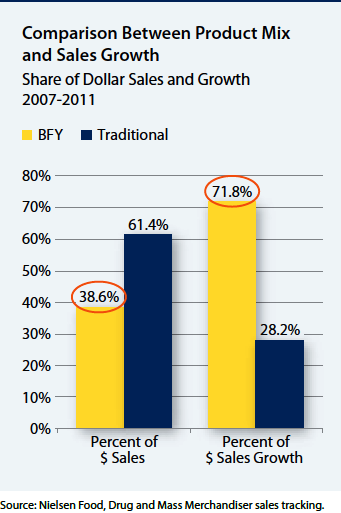Five new books about global food systems
It’s the fall book season and the food books are pouring in. Here are five good ones, so recent that some have 2012 publication dates.
Michael Carolan, The Real Cost of Cheap Food, Earthscan 2011: The chapter titles, all of which start with Cheap Food, tell the story: Globalization and Development, Conflict, Hunger and Obesity, Meat, The Environment, But at What Price, Community and Culture, and Who Wins. The conclusion is Making Food Affordable. How? Eat less meat, don’t grow food for fuel, support urban agriculture, and other such excellent ideas.
Colin Sage, Environment and Food, Routledge, 2012: A beautifully designed and well written examination of every possible way in which food interacts with the environment. It focuses on global food systems and their challenges and what we need to do to make the systems more sustainable.
Per Pinstrup-Anderson P and Derrill D. Watson II, Food Policy for Development Countries: The Role of Government in Global, National, and Local Food Systems, Cornell University Press, 2011: A serious look at how global food policies affect nutrition and health, poverty and food insecurity, and domestic markets, and the effects of all this on managing natural resources and climate change. The book ends with a chapter on ethical aspects of food systems: “Investments in national and international public goods, particularly infrastructure and agricultural research developed for smallholders, are critical elements in supporting pro-poor economic growth and achieving their human rights.”
Madeleine Pullman and Zhaohui Wu, Food Supply Chain Management: Economic, Social and Environmental Perspectives, Routledge, 2012: A textbook for an undergraduate course but well worth a look for its analyses of how commodity food chains work, trends toward vertical integration, and the way supply chains are or are not regulated: “Many agree that the current system and trends have created a formidable force against the emergence of alternative food systems—particularly one that considers economic, environmental and social attributes simultaneously.” Desirable foods supply chains would do better for consumers, farm workers, and the environment, and would be a whole lot more sustainable.
Alan Bjerga, Endless Appetities: How the Commodities Casino Creates Hunger and Unrest, Bloomberg Press, 2011: Food prices are rising to the point of international crisis. Based on the author’s personal visits to farmers around the world, Bjerga explains how the crisis happened (short answer: greed), its tragic effects, and what now has to be done to reverse them.


